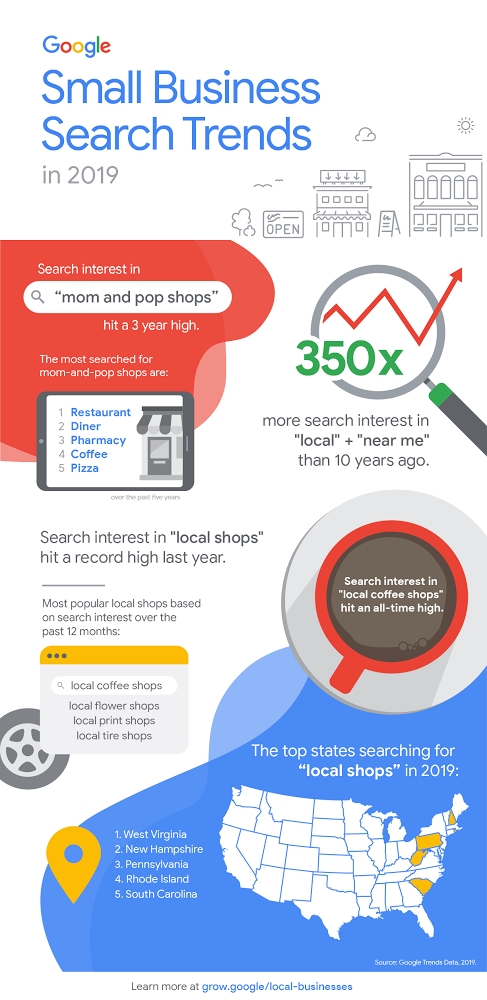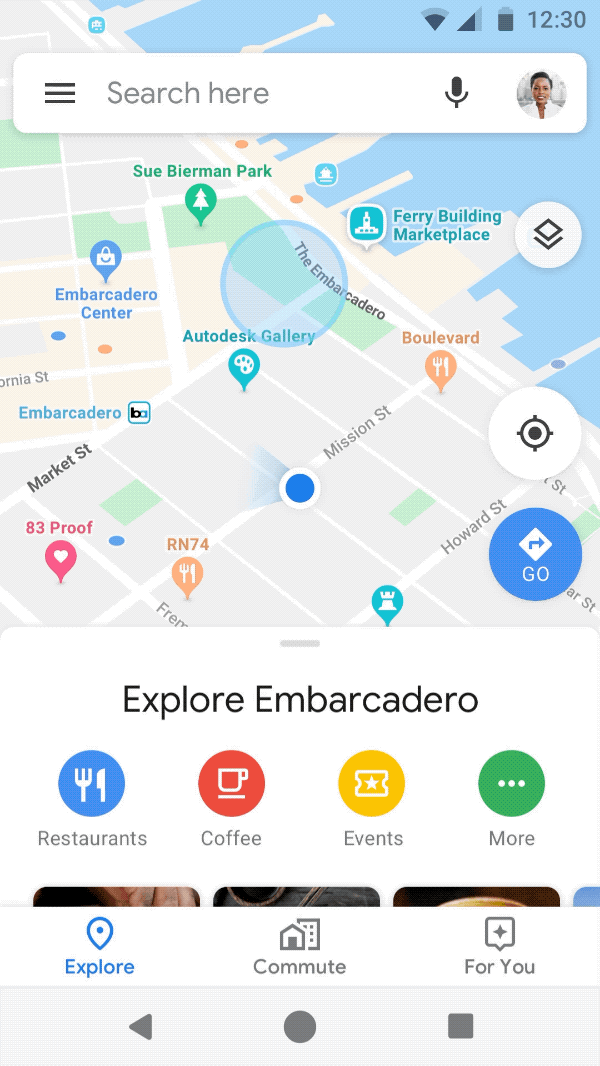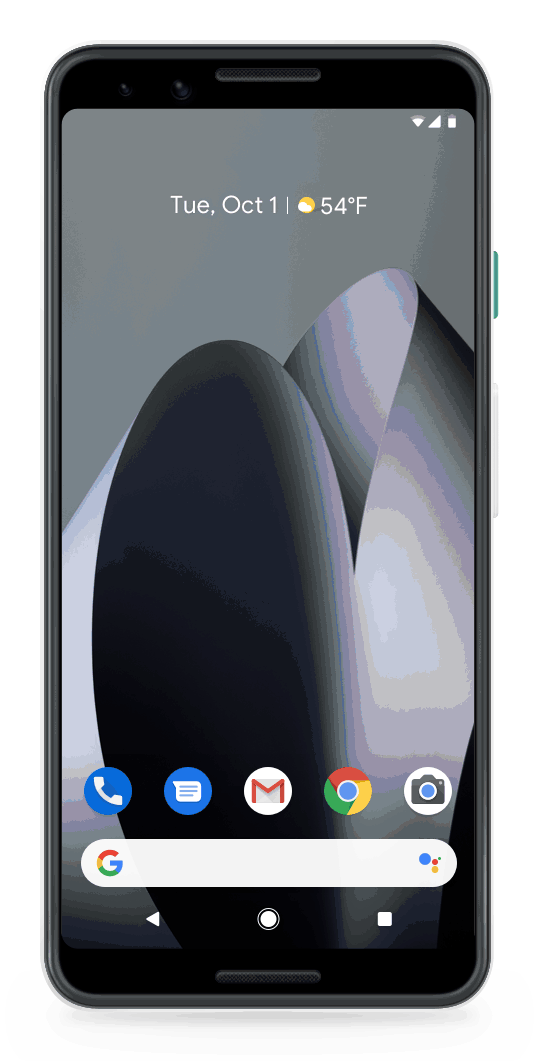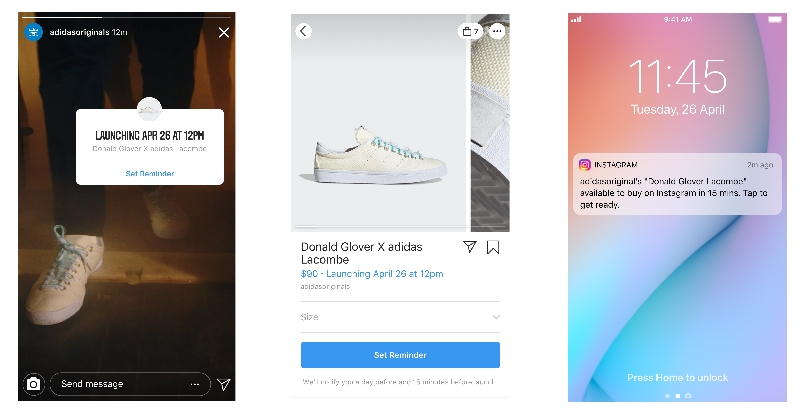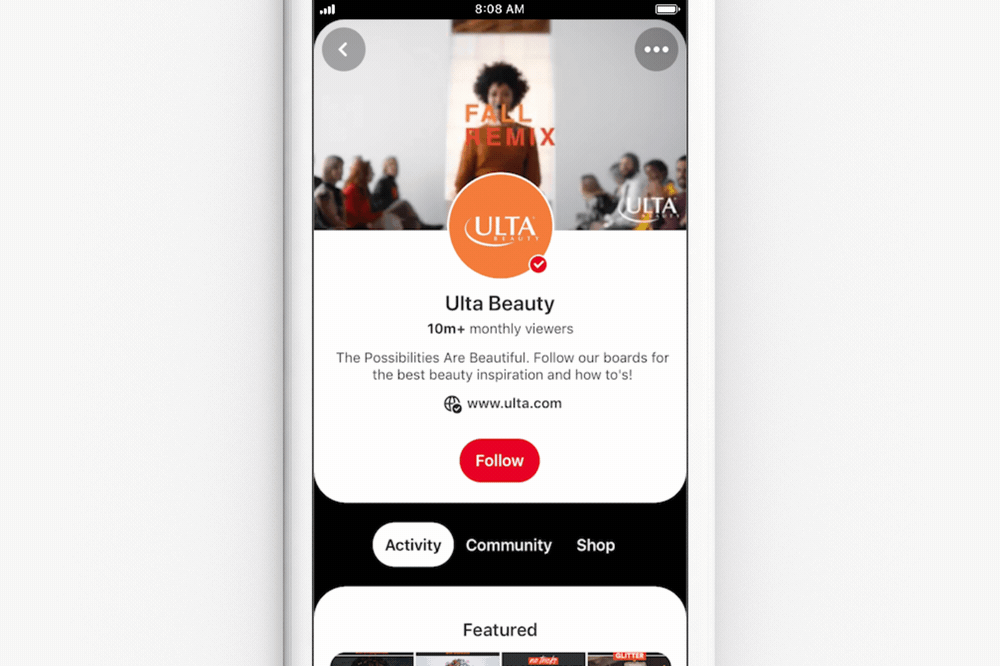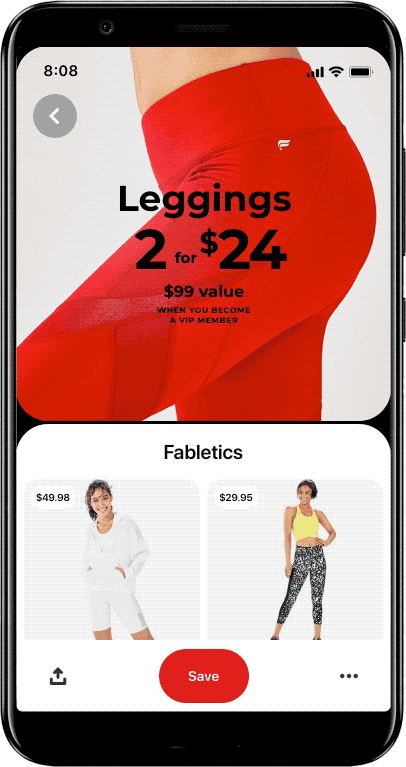The holiday season may still feel like it is far in the distance, but most studies show consumers start their holiday shopping in November – if not earlier. That means now is the time to start preparing your holiday marketing efforts.
To help, Facebook is releasing a wave of new tools aimed at assisting businesses with their holiday marketing.
Customizable Story Templates
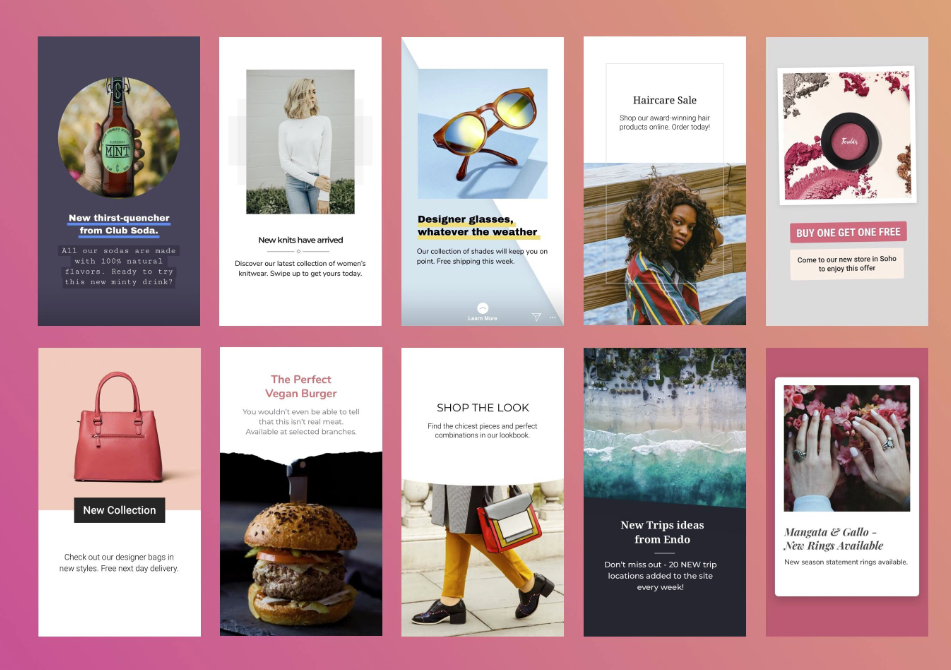
Facebook is releasing a number of customizable templates for ads in Facebook Stories, Instagram, and Messenger.
The templates are simple, visually pleasing ways to showcase products and brands throughout the shopping season, with customizable backgrounds, music, and CTAs.
These templates will be available this week.
Improvements to Instagram Direct and Messenger
Closer to the Holiday season, Facebook says it will be bringing a number of new features to Instagram Direct to improve communication between businesses and customers.
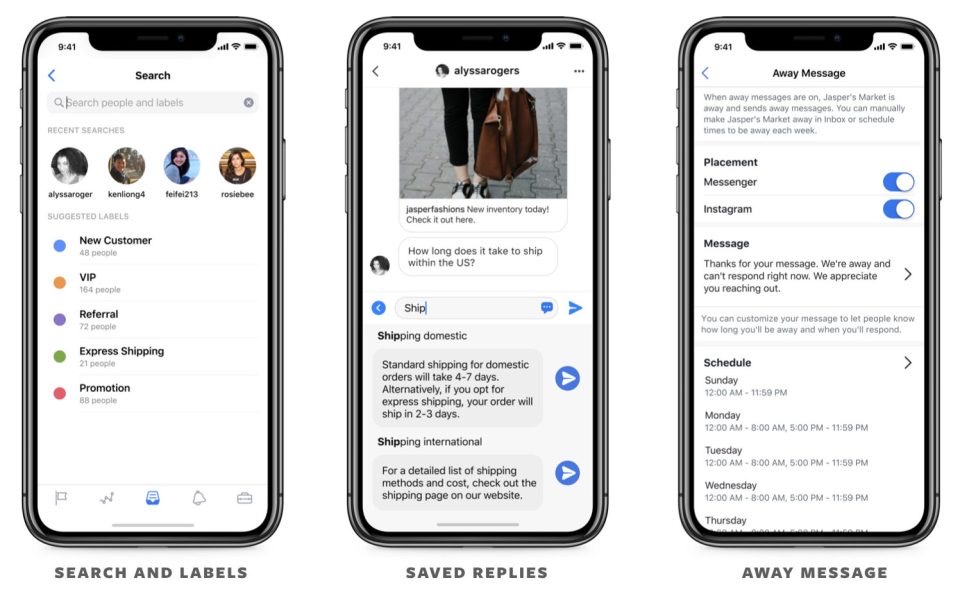
As the company says in the announcement:
“From fulfilling orders to keeping up with customer requests, we know staying on top of customer communications is important, so we also created new messaging tools like labels, search and folders to help businesses stay organized.”
Within the coming weeks, Facebook will also be launching an ‘instant replies’ which lets businesses create custom automatic responses for when they are not immediately available.
These “away” messages can be useful for days when your business is closed or when no one will be available to respond to messages for a prolonged period of time.
Along with these improvements, Facebook is also introducing a new ‘saved replies’ feature which will allow you to respond to common questions with pre-written responses.

